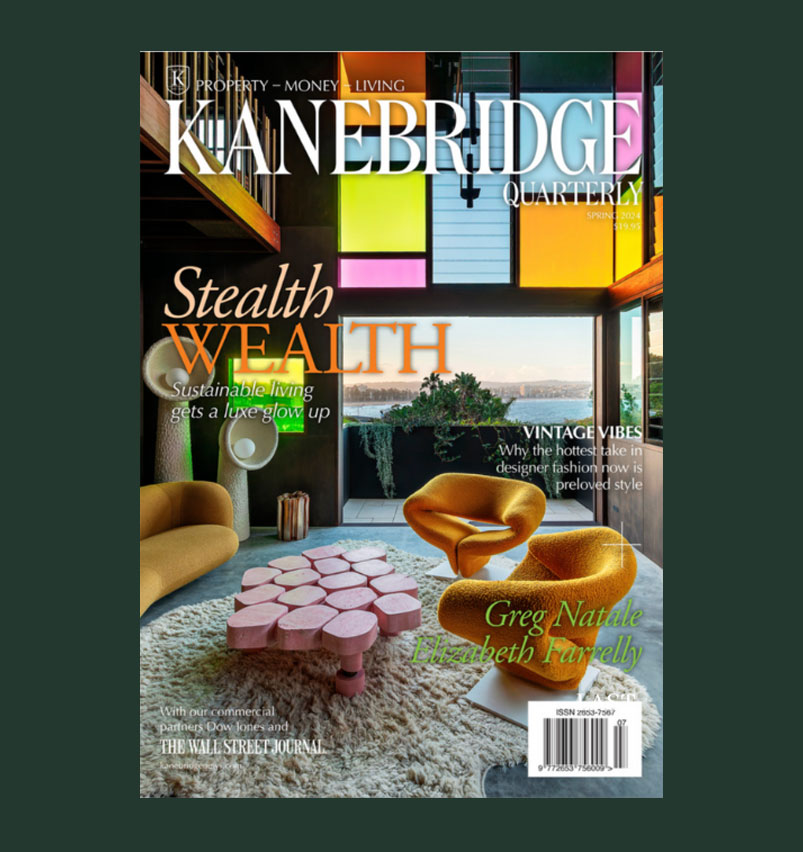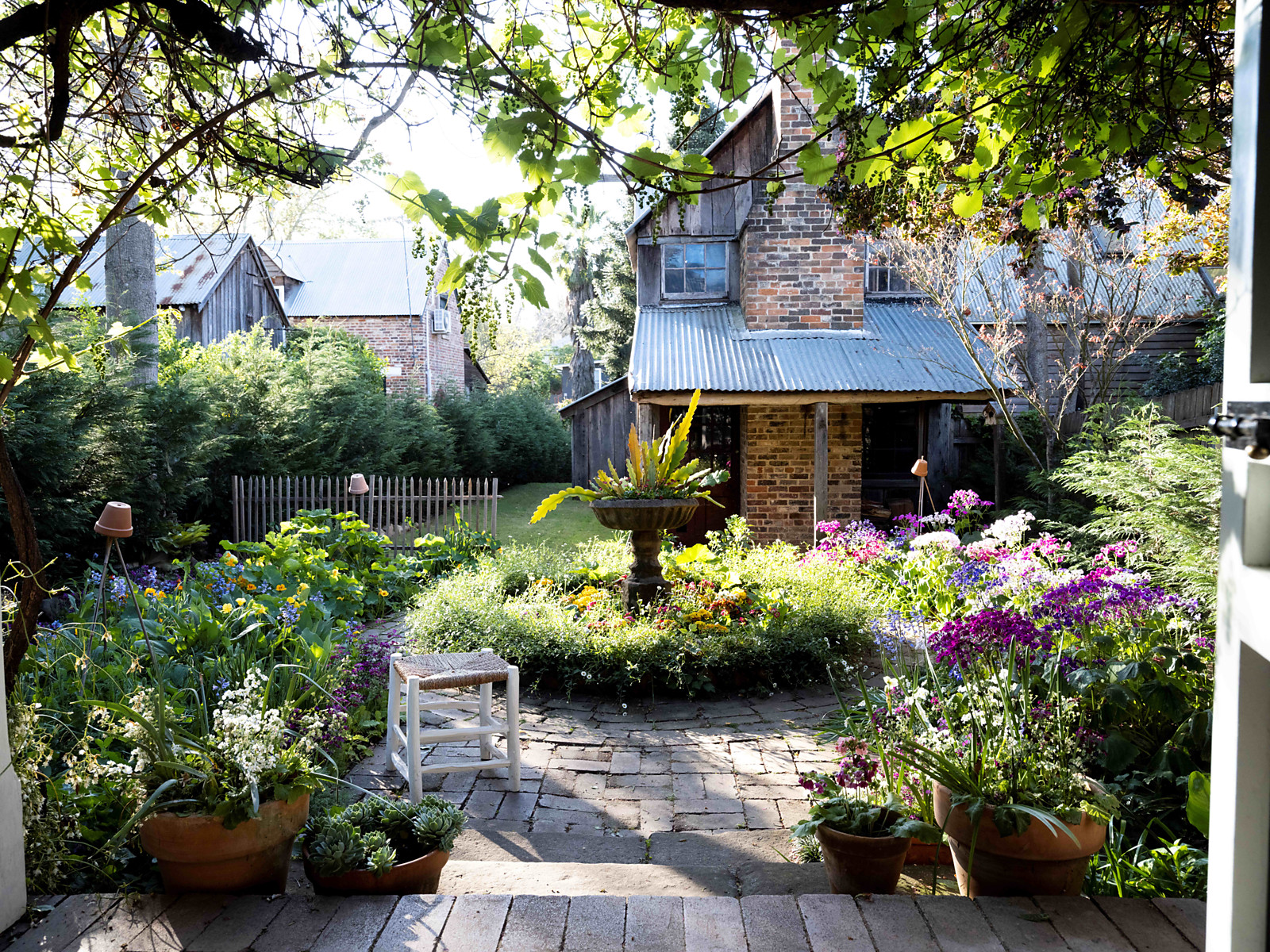The Endless Cleanup at China’s Most Indebted Property Developer
China Evergrande Group feels the heat again as plans to reduce leverage rapidly.
Dogs bark, horses neigh, and investors worry about the financial health of China’s most leveraged property developer. The pattern is almost uncannily routine, but the latest drama at China Evergrande Group still bears watching.
The most recent wobble relates to the company’s relationship with Shengjing Bank, a regional lender in which it began buying a stake five years ago. Mainland Chinese media reports suggested that regulators are examining the bank’s transactions with Evergrande. Last week Chinese regulators warned that some small and midsize banks had exploited restrained property lending by their larger peers to expand their own exposure.
The company said on Monday that its financial links with Shengjing Bank were legally sound. Last week, Evergrande Chairman Hui Ka Yan promised to get on the good side of one of the government’s three red lines for property-developer leverage by the end of the month, doubling down on plans in the company’s last annual report.
Markets don’t seem entirely convinced that all is fine. On Friday, the yield on Evergrande’s dollar bonds maturing in March next year reached 19.8%. That is not anything like the near-30% levels of September last year, during the last panic about the company’s financial future, but it is up by more than 10 percentage points in the past two weeks.
For investors, Evergrande has been both a dream and a nightmare. The company’s stock is borderline uninvestable for bulls and bears alike, swayed regularly by buybacks and highly concentrated ownership. But its bonds, perpetually priced as if the company is at serious risk of collapse, have been enormously profitable for iron-stomached believers in the company’s political nous.
That doesn’t mean its frenetic business model won’t catch up with it eventually. Paying down some of its mountain of debt sounds like a good idea. So why hasn’t Evergrande done it before? The simple answer is that the company’s business model requires relentless growth and constant financing. Its compound revenue growth rate over the past decade is around 35% a year, outstripping that of U.S. tech giants like Apple and Amazon.
Paying off its debts is not a matter of simply trying harder; it needs to find money to do so. The most obvious route is to lean on less organized creditors instead of banks and bond investors. At the end of 2020, the company had over 1 trillion yuan (A$201 billion) in trade payables and contract liabilities, owed to suppliers and home buyers respectively, up almost 20% from a year earlier. The contract liabilities figure is one to watch in particular.
Unless bearish investors think they have some specific political insight that has escaped even the sector’s insiders, there is no point trying to guess which minor crisis might finally deal the company a more serious blow. But just because it can’t be timed, doesn’t mean that the day won’t eventually come.
This stylish family home combines a classic palette and finishes with a flexible floorplan
Just 55 minutes from Sydney, make this your creative getaway located in the majestic Hawkesbury region.
A Sydney site with a questionable past is reborn as a luxe residential environment ideal for indulging in dining out
Long-term Sydney residents always had handful of not-so-glamourous nicknames for the building on the corner of Cleveland and Baptist Streets straddling Redfern and Surry Hills, but after a modern rebirth that’s all changed.
Once known as “Murder Mall” or “Methadone Mall”, the 1960s-built Surry Hills Shopping Centre was a magnet for colourful characters and questionable behaviour. Today, however, a $500 million facelift of the site — alongside a slow and steady gentrification of the two neighbouring suburbs — the prime corner property has been transformed into a luxury apartment complex Surry Hills Village by developer Toga Group.
The crowning feature of the 122-apartment project is the three-bedroom penthouse, fully completed and just released to market with a $7.5 million price guide.
Measuring 211sqm of internal space, with a 136sqm terrace complete with landscaping, the penthouse is the brand new brainchild of Surry Hills local Adam Haddow, director of architecture at award-winning firm SJB.
Victoria Judge, senior associate and co-interior design lead at SJB says Surry Hills Village sets a new residential benchmark for the southern end of Surry Hills.
“The residential offering is well-appointed, confident, luxe and bohemian. Smart enough to know what makes good living, and cool enough to hold its own amongst design-centric Surry Hills.”
Allan Vidor, managing director of Toga Group, adds that the penthouse is the quintessential jewel in the crown of Surry Hills Village.
“Bringing together a distinct design that draws on the beauty and vibrancy of Sydney; grand spaces and the finest finishes across a significant footprint, located only a stone’s throw away from the exciting cultural hub of Crown St and Surry Hills.”
Created to maximise views of the city skyline and parkland, the top floor apartment has a practical layout including a wide private lobby leading to the main living room, a sleek kitchen featuring Pietra Verde marble and a concealed butler’s pantry Sub-Zero Wolf appliances, full-height Aspen elm joinery panels hiding storage throughout, flamed Saville stone flooring, a powder room, and two car spaces with a personal EV.
All three bedrooms have large wardrobes and ensuites with bathrooms fittings such as freestanding baths, artisan penny tiles, emerald marble surfaces and brushed-nickel accents.
Additional features of the entertainer’s home include leather-bound joinery doors opening to a full wet bar with Sub-Zero wine fridge and Sub-Zero Wolf barbecue.
The Surry Hills Village precinct will open in stages until autumn next year and once complete, Wunderlich Lane will be home to a collection of 25 restaurants and bars plus wellness and boutique retail. The EVE Hotel Sydney will open later in 2024, offering guests an immersive experience in the precinct’s art, culture, and culinary offerings.
The Surry Hills Village penthouse on Baptist is now finished and ready to move into with marketing through Toga Group and inquiries to 1800 554 556.
This stylish family home combines a classic palette and finishes with a flexible floorplan
Just 55 minutes from Sydney, make this your creative getaway located in the majestic Hawkesbury region.























